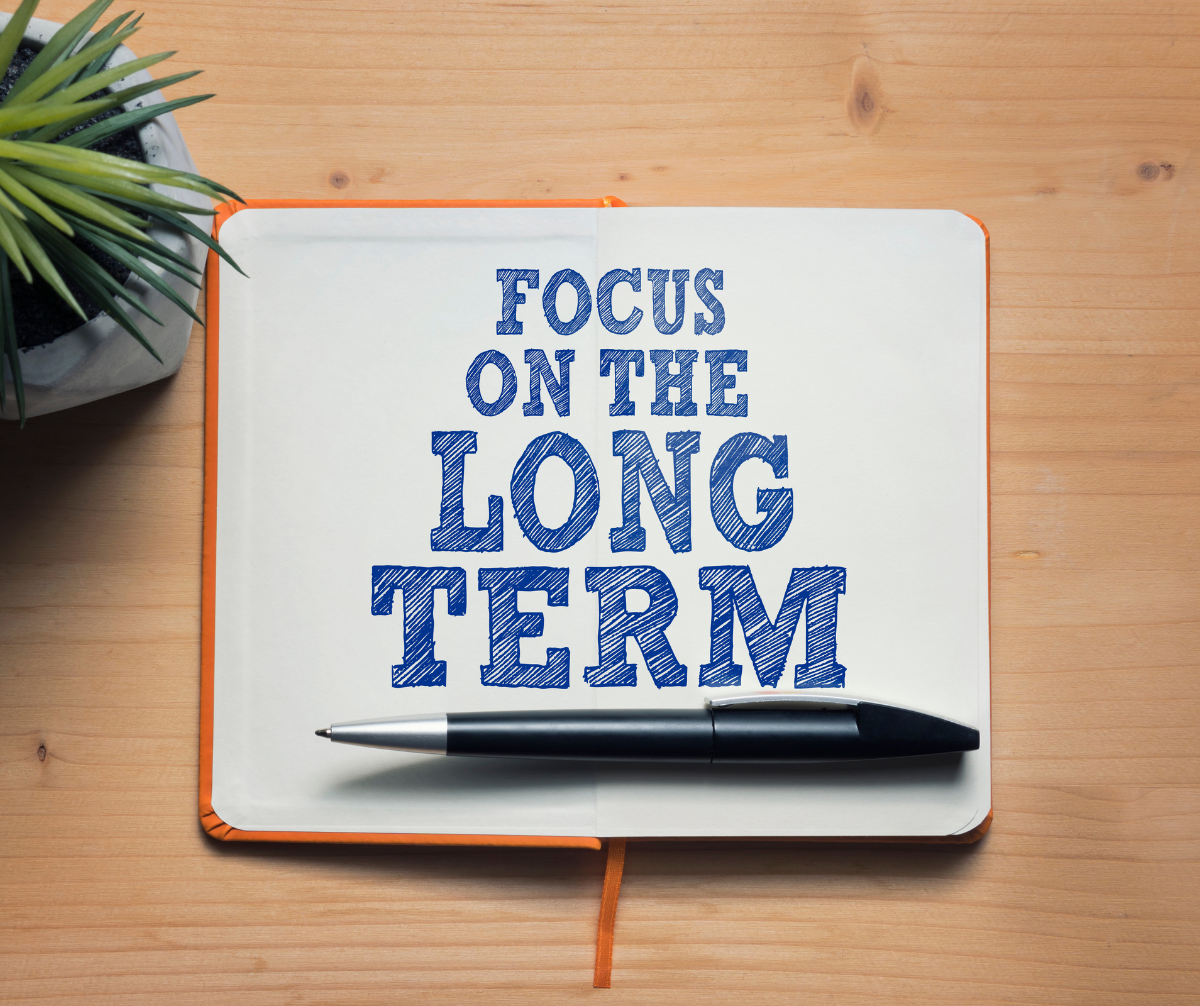
June 27, 2023
Passive investing is basically making an investing decision and sticking with it long term, without a lot of trading. It’s often associated with indexed investing: putting money into an indexed fund and letting it grow over time. As Investopedia says, “Passive investing methods seek to avoid the fees and limited performance that may occur with frequent trading. Passive investing’s goal is to build wealth gradually.”
Performance numbers show that passive investing strategies of buying index funds and ETFs outperform stock picking, especially after transaction fees and taxes. As a result, over the past two decades, both institutional and individual investors have been steadily converting to the passive side.
Most active managers trail benchmarks. Even those who manage to beat them rarely maintain their winning streak, with a 20% chance of repeating the following year and a 10% chance of outperforming three years in a row.
When evidence suggests that active management remains a loser’s game, why do so many investors still embrace it?
Arguments in each camp
Passive investing tends toward “set it and forget it” — a buy-and-hold practice. Indexes offer variety constructed around numerous categories, including capitalization size, industries or geographies, or themes like environmentally friendly companies.
Passive managers represent an average performance in their space. Adopting a long-term mindset, they trade mechanically, paying only for hardware and software, and avoid outlays for high salaries and research. Robo traders, for instance, benefit from those bargain economics.
Benefits are palpable:
The golden rule in investing is to have patience and a willingness to sit back. Of course, many investors trade in and out of ETFs constantly, but a genuine passive philosophy requires having an extended horizon.
The active camp of committed stock pickers cites its own strengths:
After everything is weighed, many experts believe evidence points toward the advantages of indexing. So why do many investors refuse to give up the active quest for winners, even when their own capital is at stake?
Marketing victims
Investors face pressure from the active fund industry managers, whose careers and livelihoods are on the line. Active managers, who may have spent years selling those skills to prospective clients, are loath to turn their backs on that message. The incentives are powerful to hire first-rate marketing teams to present the active role in the most favorable light.
Research does not come cheap, demanding both intensive time and resources. Managers and salespeople expect to be compensated. Salespeople may emphasize products that produce the highest return or attract buyers most easily. How can they showcase their unique benefits if their sales product can be more cheaply acquired though a passive investment product?
They recognize that many investors refuse to be satisfied with an average return. They are driven by a gambling mentality, and the eternal hope is of getting in on the ground floor of the next Apple or Google. The money management machine feeds off the delusion that smart traders can beat the market. (True, occasionally, somebody discovers a mispricing, but those are usually one-off, isolated events.)
Are you torn between the active and passive camps? Filter out the noise, and talk to your financial adviser about the pros and cons of both strategies.